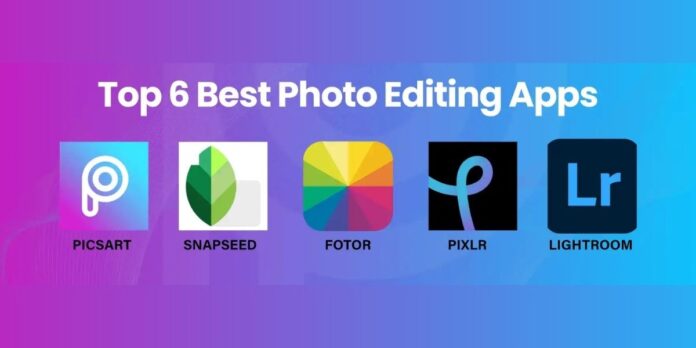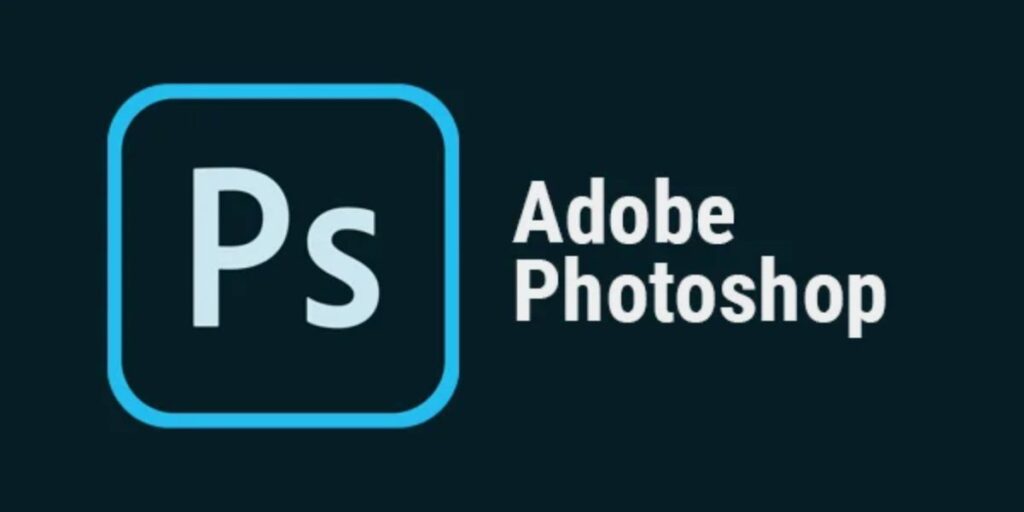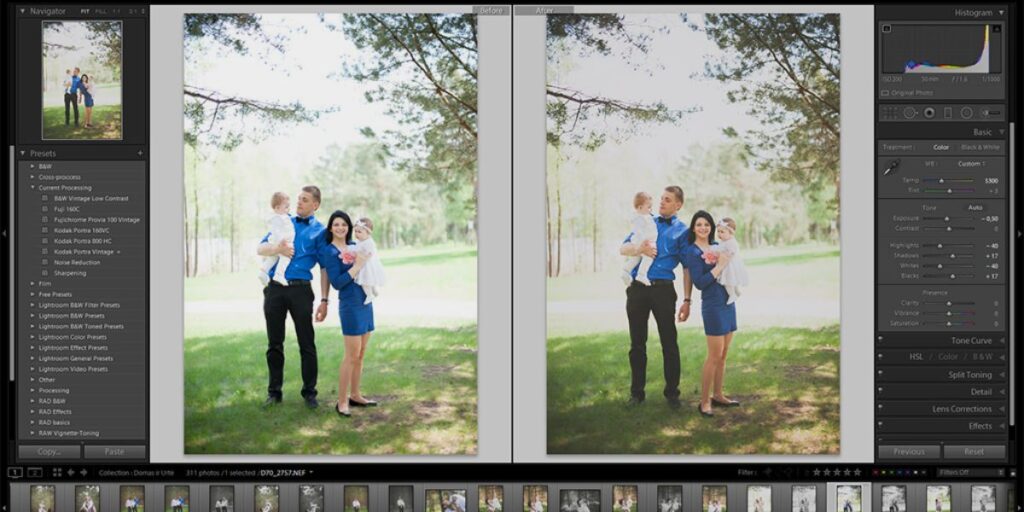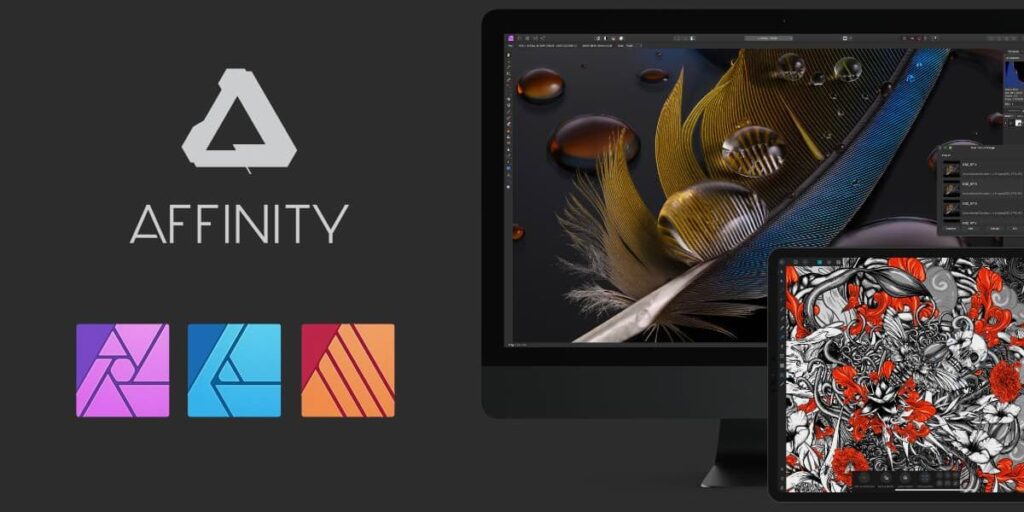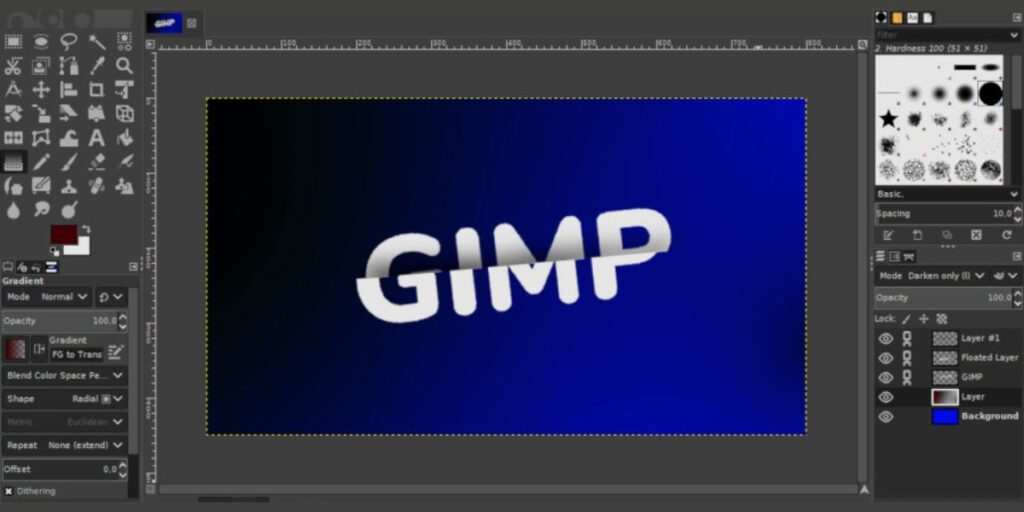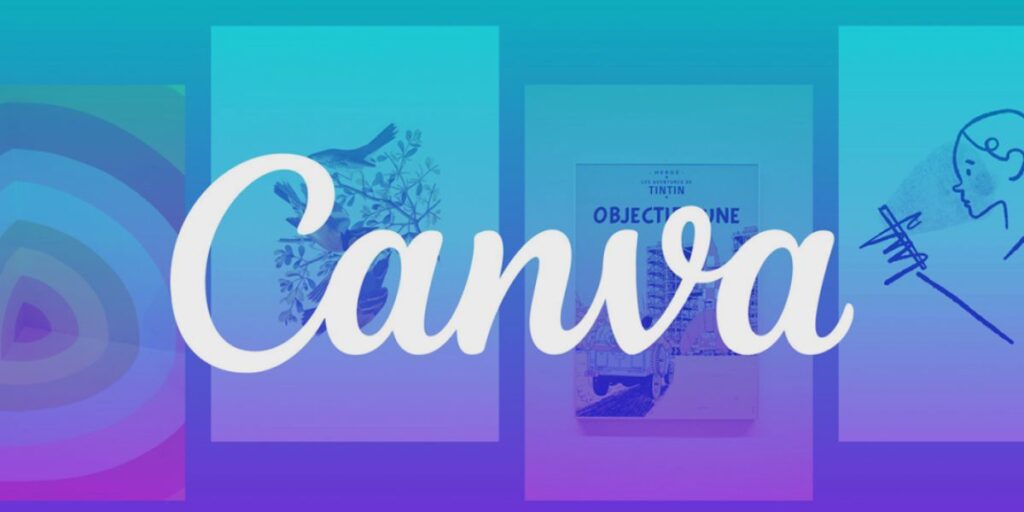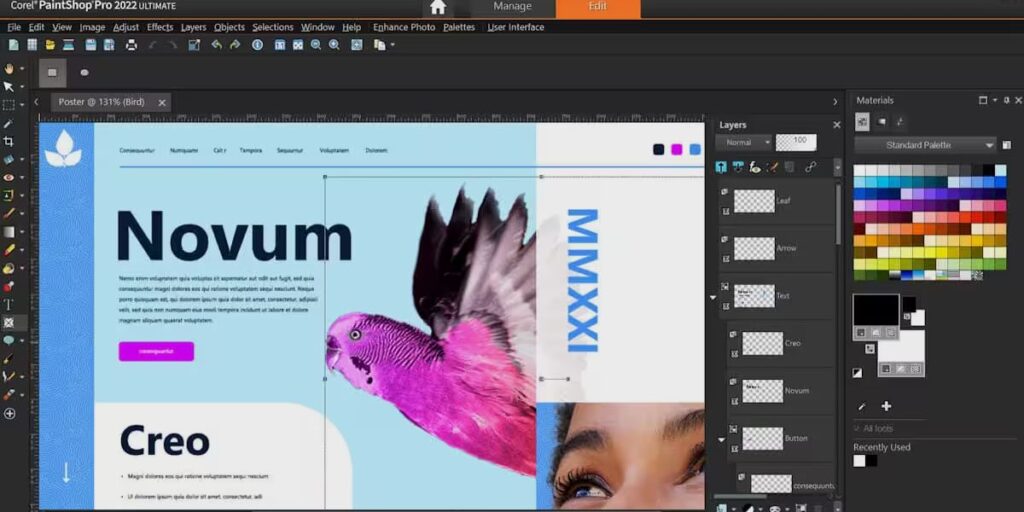In today’s visually-driven world, photo editing has become essential for everyone—from professional photographers and graphic designers to social media enthusiasts and content creators. Whether you’re looking to enhance your vacation snapshots or produce stunning digital art, the right photo editing software can make all the difference. With an overwhelming array of available options, deciding which software best meets your needs can be challenging. This guide explores the best photo editing software breaking down its features, strengths, and ideal users to help you make an informed choice.
Adobe Photoshop: The Industry Standard
When it comes to photo editing, Adobe Photoshop is the undisputed king. It has been the industry standard for decades, offering an unparalleled range of tools for photo manipulation, graphic design, and digital art. Photoshop’s extensive capabilities make it suitable for everything from simple retouching to advanced compositing and image manipulation.
Key Features:
Advanced selection tools, such as the Magic Wand and Lasso Tool.
Layer-based editing for non-destructive adjustments.
Powerful retouching tools like Clone Stamp, Healing Brush, and Liquify.
Integration with Adobe Creative Cloud for seamless workflow across different platforms.
Extensive support for brushes, textures, and plug-ins to customize your editing experience.
Who is it for?
Photoshop is ideal for professional photographers, designers, and artists who need powerful tools for complex editing tasks. However, its steep learning curve may be overwhelming for beginners or casual users who just want to make quick edits.
Pros:
Comprehensive editing tools.
Regular updates and support.
Excellent compatibility with other Adobe software.
Cons:
The expensive subscription model.
Requires time to master.
Lightroom: Perfect for Photographers
Adobe Lightroom is another powerhouse from Adobe, designed specifically for photographers. While Photoshop excels at detailed image manipulation, Lightroom shines in managing large collections of images and making global adjustments. It’s the go-to tool for photographers who need to organize, edit, and export photos quickly.
Key Features:
Non-destructive editing, preserving the original photo file.
Easy-to-use sliders for adjusting exposure, contrast, color balance, and more.
Preset support for consistent editing across large sets of images.
Built-in library for organizing photos.
Batch processing for editing multiple photos simultaneously.
Who is it for?
Lightroom is perfect for photographers who want to streamline their workflow without sacrificing quality. It’s also more beginner-friendly compared to Photoshop, making it an excellent choice for those new to photo editing.
Pros:
Intuitive interface.
Excellent organizational tools.
Cloud storage for easy access from multiple devices.
Cons:
Limited in advanced image manipulation compared to Photoshop.
Subscription-based pricing.
Affinity Photo: A Budget-Friendly Photoshop Alternative
Affinity Photo has emerged as a popular alternative to Photoshop, offering similar features at a one-time purchase price rather than a subscription. It boasts a full range of editing tools, from basic touch-ups to advanced image manipulation, all in a sleek, user-friendly interface.
Key Features:
Advanced tools for retouching, HDR merging, and panorama stitching.
Layer-based editing and compatibility with Photoshop files.
Comprehensive brush, selection, and clone tools for detailed adjustments.
RAW editing support with live previews.
Who is it for?
Affinity Photo is ideal for professionals or hobbyists who want a powerful photo editing tool without being locked into a subscription. It’s also a great choice for users who need Photoshop-level functionality on a budget.
Pros:
One-time payment (affordable compared to Adobe’s subscription).
Similar features to Photoshop.
Fast and responsive performance.
Cons:
Limited plug-in support compared to Photoshop.
Less extensive tutorials and community resources.
GIMP: The Best Free Option
For those on a tight budget, GIMP (GNU Image Manipulation Program) is a highly capable free alternative to premium software like Photoshop. Open-source and community-supported, GIMP provides many of the same tools you’d find in paid programs, though with a more rudimentary interface and fewer advanced features.
Key Features:
Wide range of retouching and manipulation tools.
Support for layers, masks, and customizable brushes.
Open-source, allowing for community-created plug-ins and extensions.
Supports a wide range of file formats, including RAW.
Who is it for?
GIMP is ideal for beginners, hobbyists, and users who need solid editing features without spending money. It’s also great for students and educators looking to teach the basics of photo editing.
Pros:
Free and open-source.
Extensive plug-in library.
Active online community for support.
Cons:
Less polished interface.
Somewhat steep learning curve for beginners.
Canva: Best for Social Media and Simple Edits
Canva isn’t a traditional photo editing program, but it has become a go-to tool for many users thanks to its simplicity and focus on design. With an easy drag-and-drop interface, Canva is perfect for creating visually appealing social media posts, flyers, and marketing materials. While its photo editing capabilities are more limited compared to other programs, it’s an excellent tool for beginners and non-designers.
Key Features:
Intuitive drag-and-drop design tools.
A wide variety of templates for social media posts, presentations, and more.
Basic photo editing tools like cropping, filters, and text overlays.
Collaborative features for team projects.
Extensive library of free and paid stock images, fonts, and graphics.
Who is it for?
Canva is great for small business owners, marketers, and casual users who want to create polished visuals without spending hours learning complex software. It’s also perfect for those who need to create content for social media or promotional purposes.
Pros:
User-friendly interface.
Thousands of templates for easy design.
Web-based, so no installation is required.
Cons:
Limited advanced photo editing tools.
Subscription is required for premium features.
Corel PaintShop Pro: A Versatile and Affordable Option
Corel PaintShop Pro offers a solid alternative to Adobe products with a wide range of features, including advanced photo editing, graphic design tools, and RAW file support. It’s a one-time purchase, making it attractive to those who want robust editing software without recurring fees.
Key Features:
Advanced AI-powered editing tools like SmartClone and AI Denoise.
Comprehensive RAW editing.
360-degree photo editing support.
Includes creative tools like layers, brushes, and text overlays.
Who is it for?
Corel PaintShop Pro is best for users who need advanced features without paying for Adobe’s subscription-based offerings. It’s suitable for photographers and designers who want both photo and graphic design capabilities in one package.
Pros:
One-time purchase with no recurring fees.
Packed with powerful features.
Regular updates and improvements.
Cons:
PC-only (no Mac version).
Slightly slower than competitors in handling large files.
Conclusion
Selecting the best photo editing software depends on your specific needs, budget, and experience level. For professionals looking for the most comprehensive tools, Adobe Photoshop and Lightroom remain the top choices. Affinity Photo provides excellent value as a one-time purchase, while GIMP offers a free alternative with substantial power. Canva caters to casual users focused on creating social media content, and Corel PaintShop Pro serves as an affordable, feature-rich option for those seeking an all-in-one solution.
Ultimately, the best software for you is the one that aligns with your creative goals, workflow, and budget, helping you transform your vision into reality.

